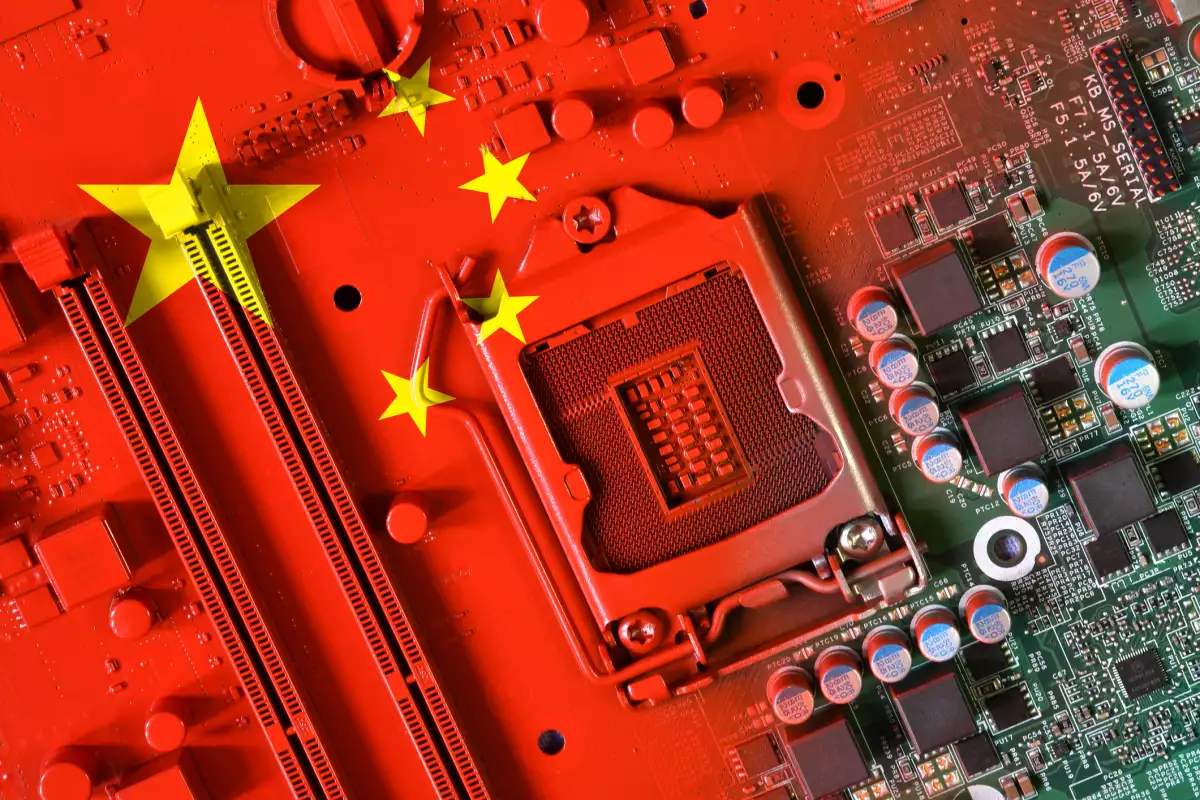
China is better prepared than the US on technology tariffs
With the 10% increase in products from the Asian country, US technology industries will have an impact on the development of AI.
Despite the 10% increase in tariffs on Chinese goods, AI development in US tech industries will be affected. China has consolidated its position in key technology sectors such as robotics, nuclear energy, electric vehicles, artificial intelligence and quantum computing. It is not just competing with the West; in some cases it dominates the market, for example in the production and export of batteries for electric cars and in 5G network infrastructure.
Despite tariffs and restrictions imposed since 2017, China has maintained its technological growth. Proof of this is the development of companies such as Huawei, BYD and Tencent, which continue to expand and dominate strategic markets.
Paul Ashworth, chief economist for North America at Capital Economics, noted in a report to investors that U.S. exports to China only account for 7% of China's total exports. Cynthia Valeriano, professor of economics at Tec de Monterrey, Campus Toluca, notes that while both countries are leaders in the technology industry, the Chinese example shows the efficiency of Asian companies.
"China has put a 100% push into the digital economy, the integration of artificial intelligence is noticeable, but unlike the United States, China has managed to control the creation of big data through different applications, which ultimately generates power in terms of information and that is why we have seen a case like TikTok," said Valeriano.
China is now ahead of rival economies in broad technological fields. The Information Technology and Innovation Foundation think tank found in a 2024 report that China leads or is globally competitive in five of nine high-tech sectors: robotics, nuclear power, electric vehicles, artificial intelligence and quantum computing.
Valeriano adds that part of this lead is due to China’s low reliance on chemicals, machine tools, biopharmaceuticals and semiconductors. A Bloomberg analysis similarly identified China as a leader or globally competitive in 12 of 13 technology-intensive industries. In addition, the Australian Strategic Policy Institute found that China leads in 37 of 44 critical technologies it monitored.
Valeriano notes that the creativity to be competitive brought on by trade restrictions has driven China to invest in domestic research capabilities over the past 20 years. And another key point is that despite geopolitical tensions, Chinese scientists and engineers remain highly connected to global networks. Just look at the countries from which the most technological talent comes to the United States: China ranks second, only below India.
In 2023, China accounted for 35% of global manufacturing output, the only country to cover all major industrial sectors.
China may not have the innovation ecosystem of Silicon Valley, where venture capital and a vibrant stock market are plentiful. However, it has built comprehensive supply chains over the years and is exceptionally adept at repurposing them to bring new products to market quickly.
Leave a comment:


Tranding News



.png)
.webp)





